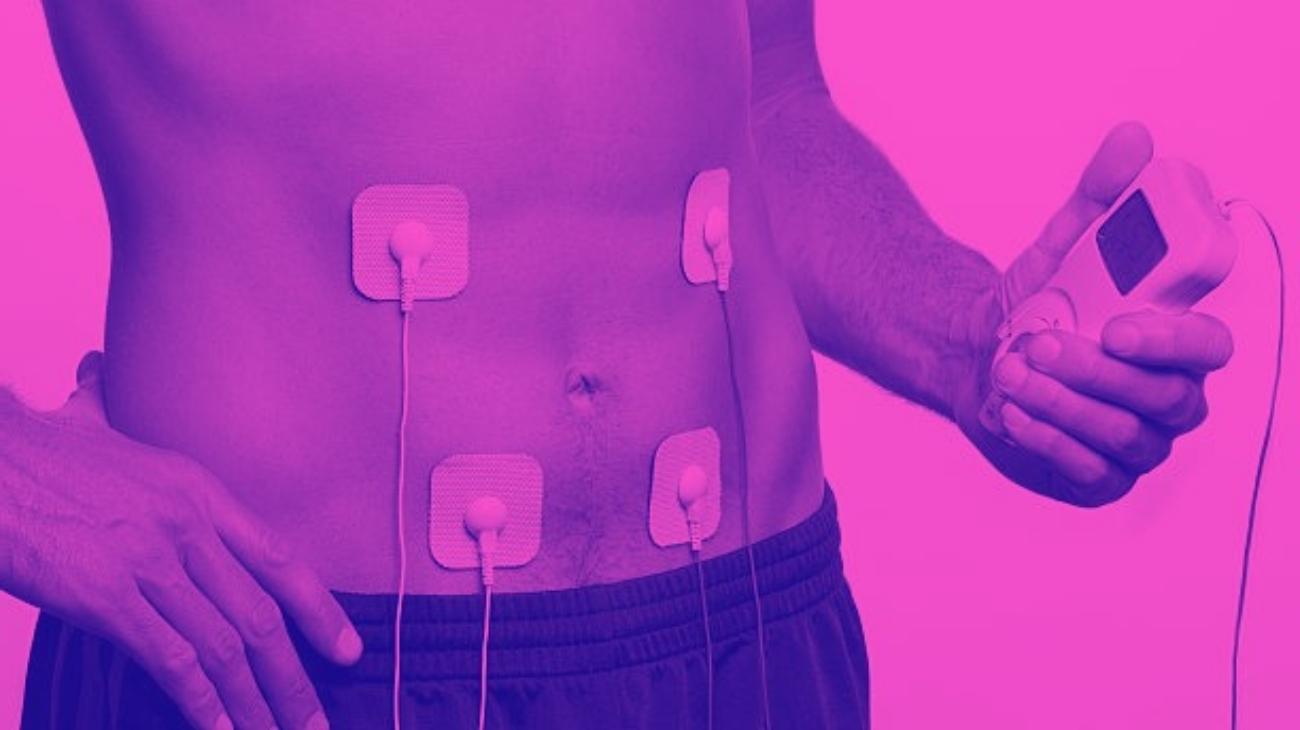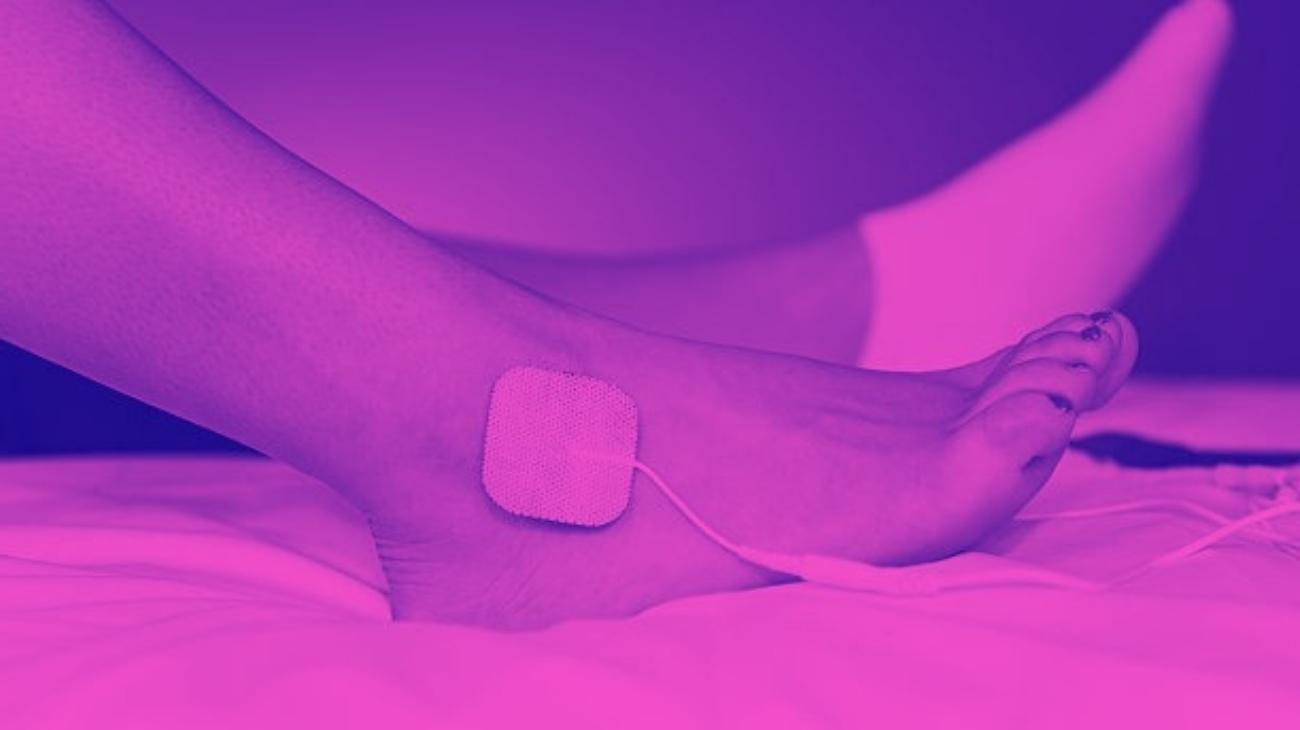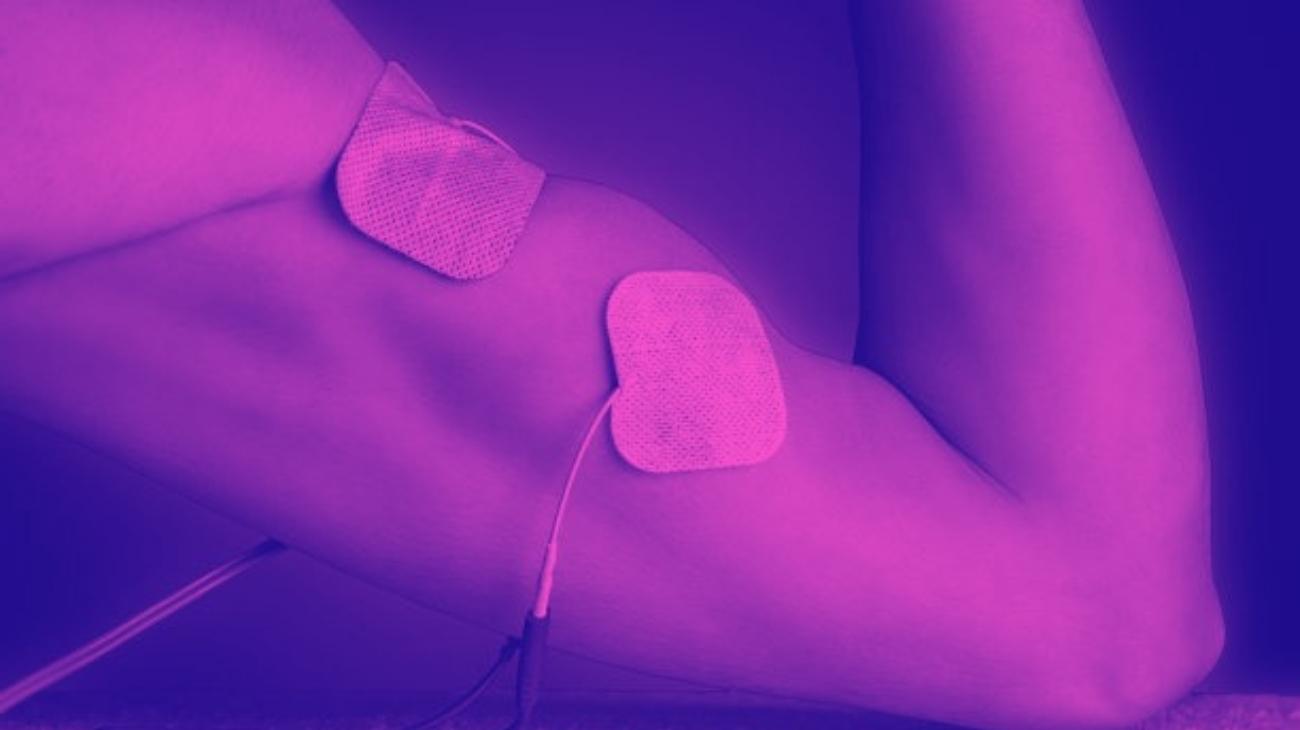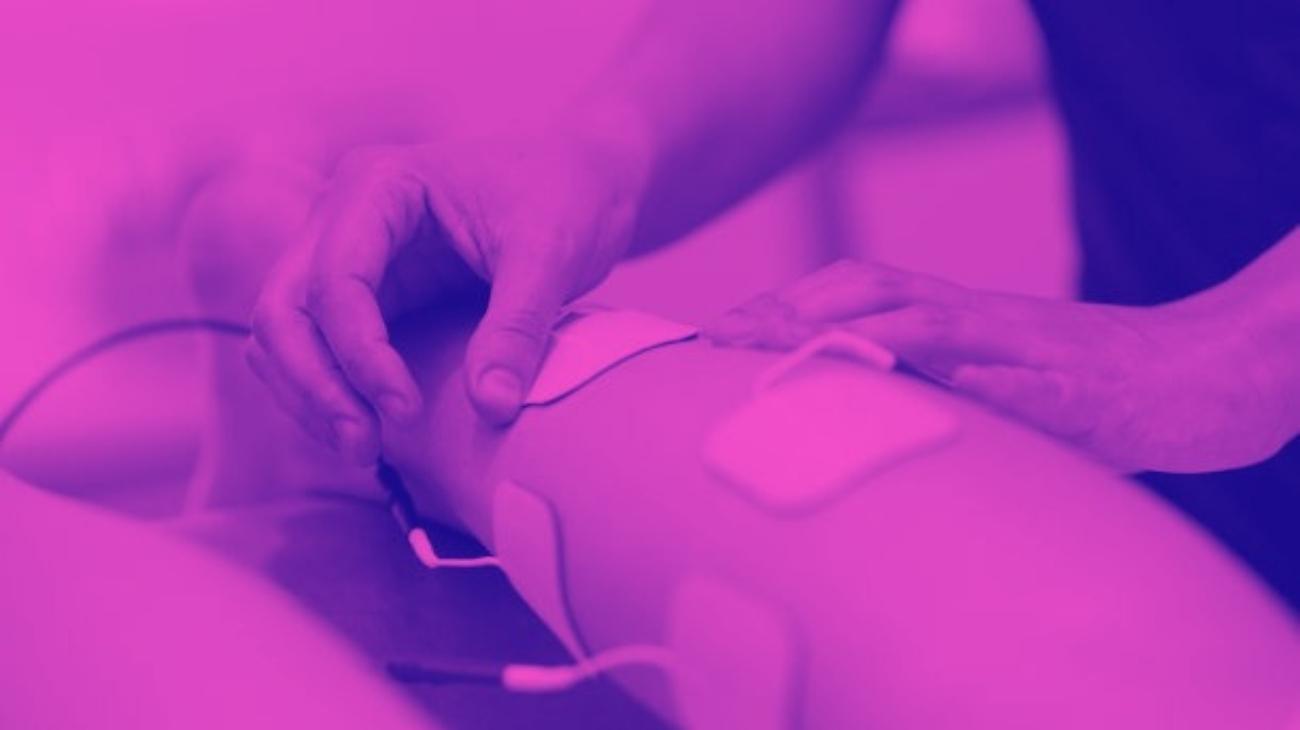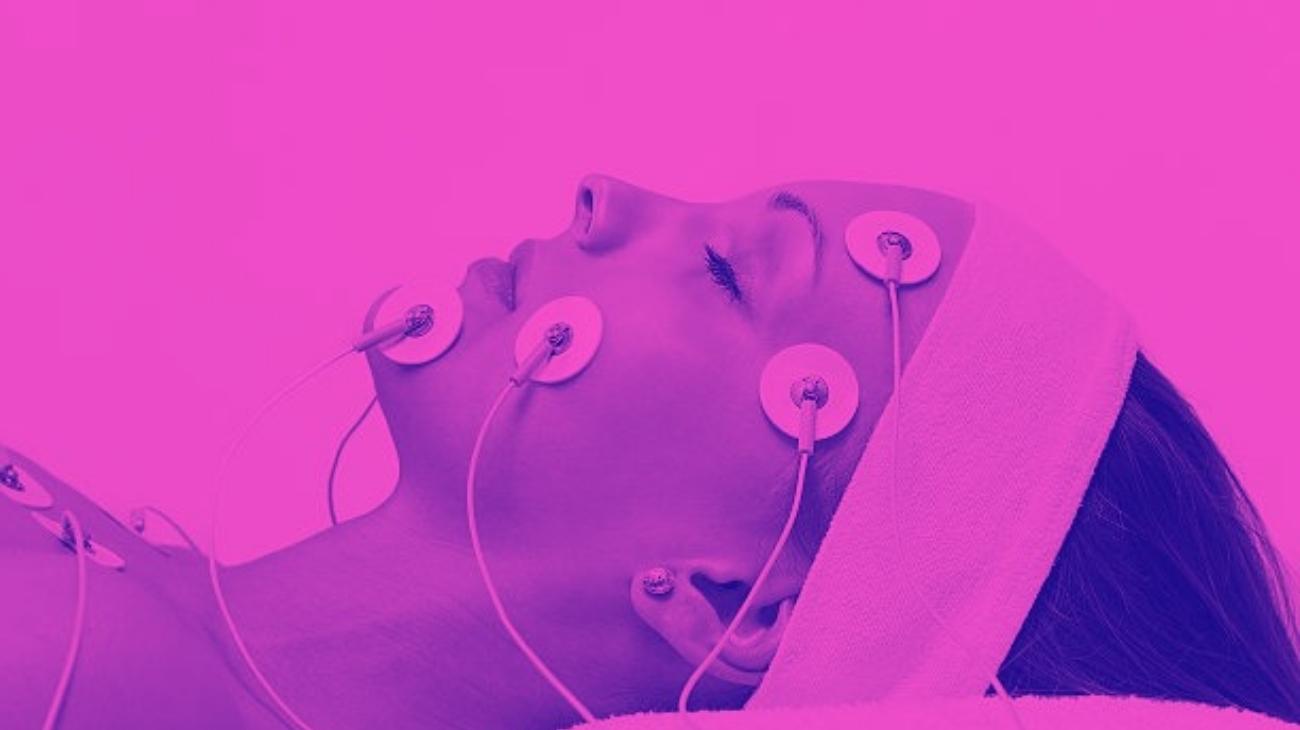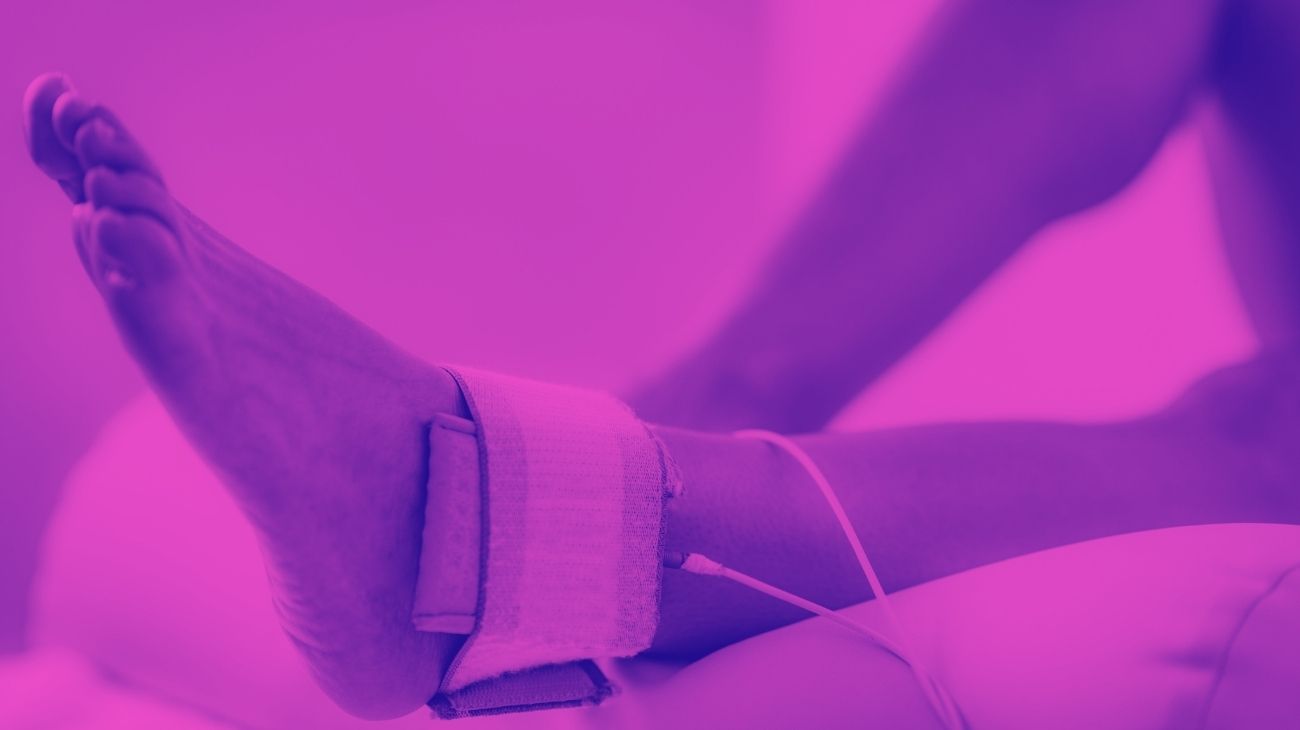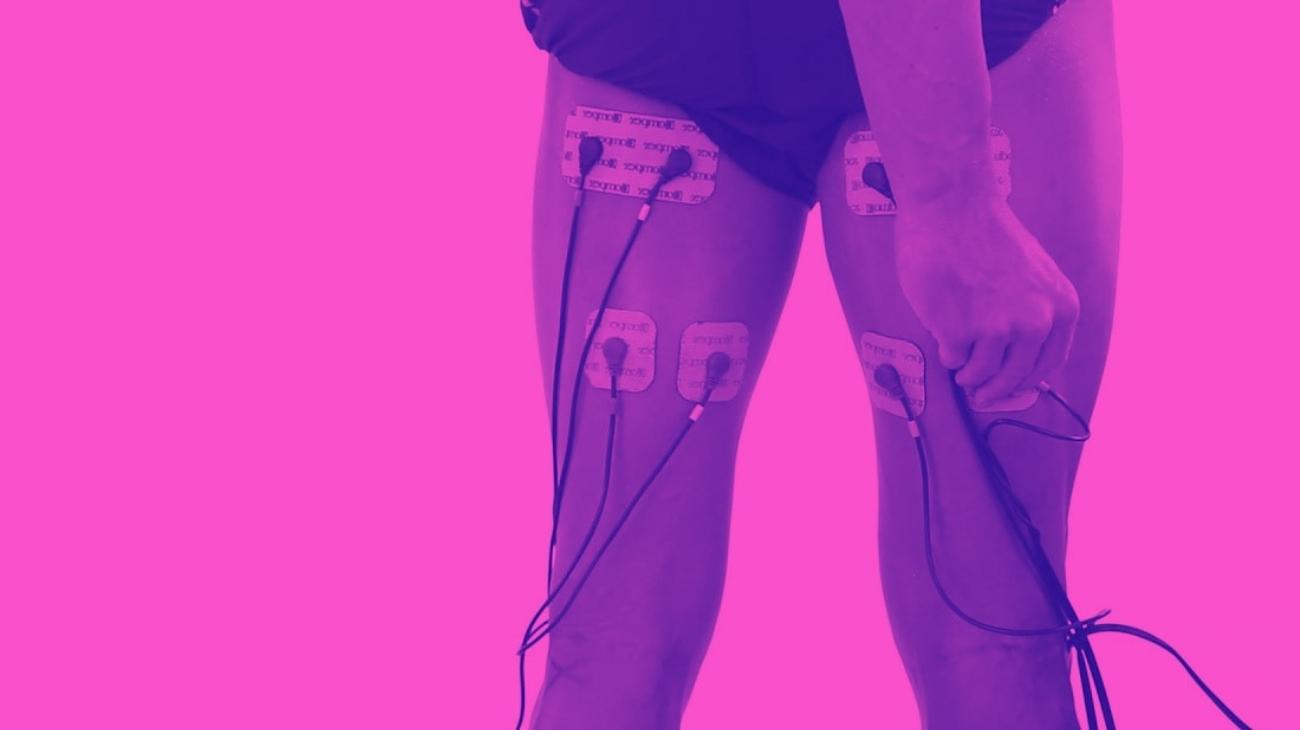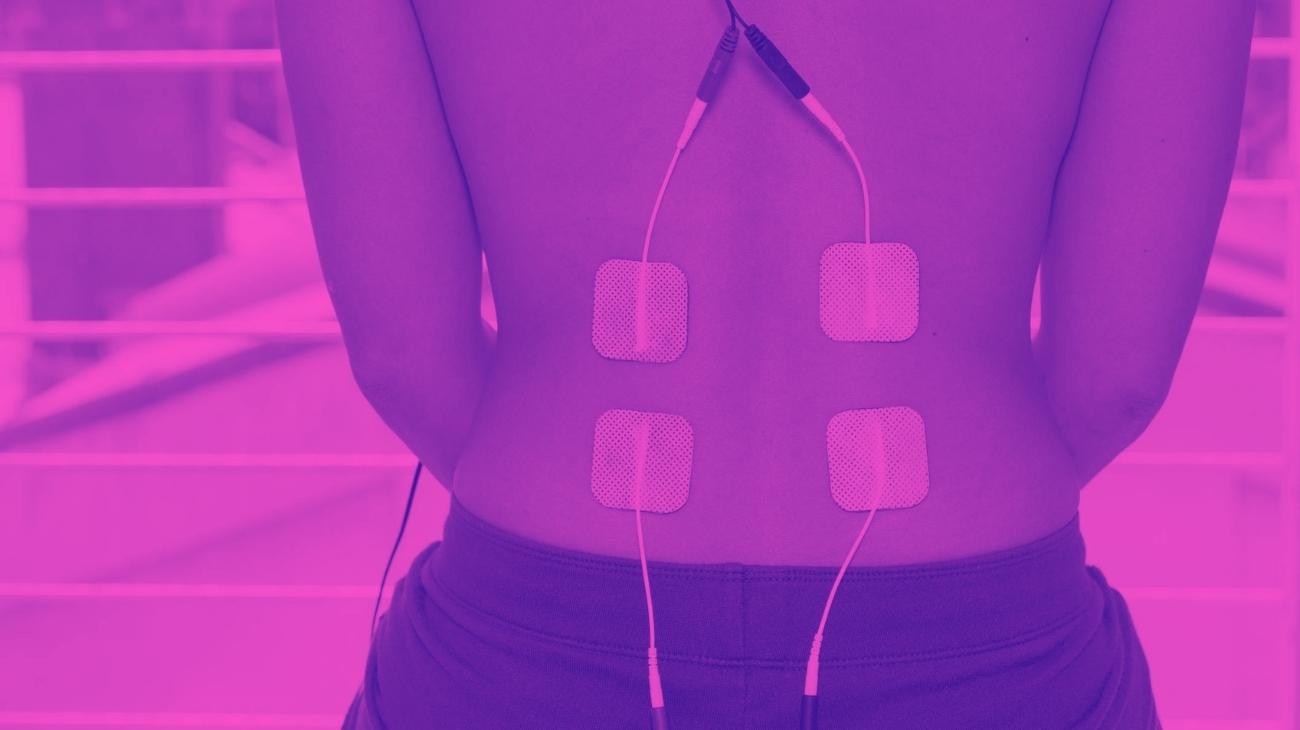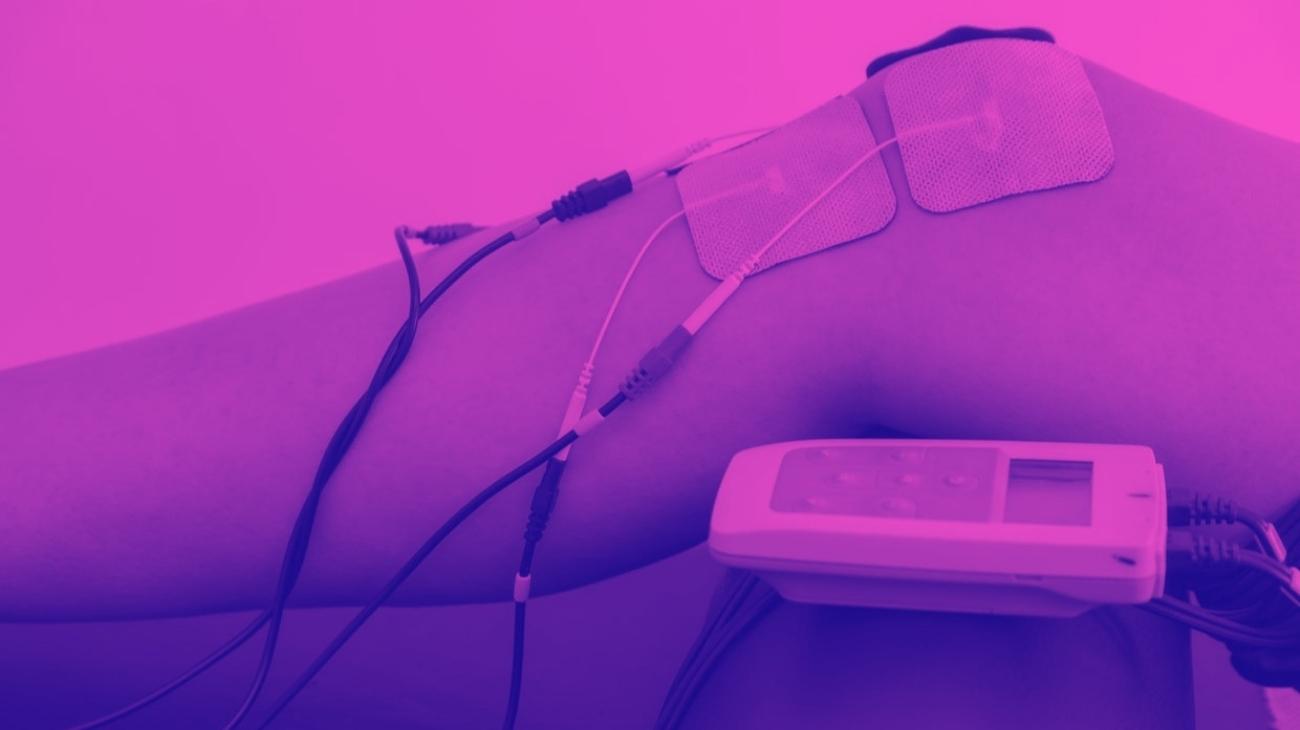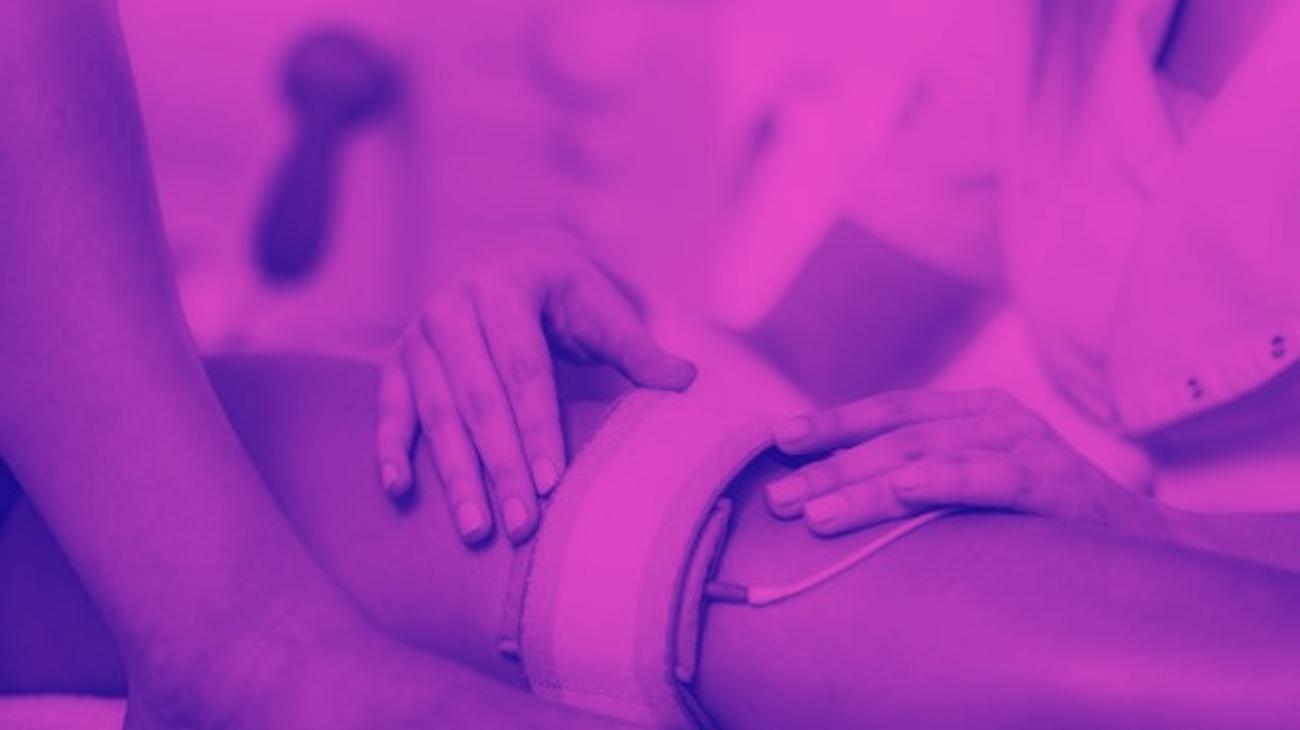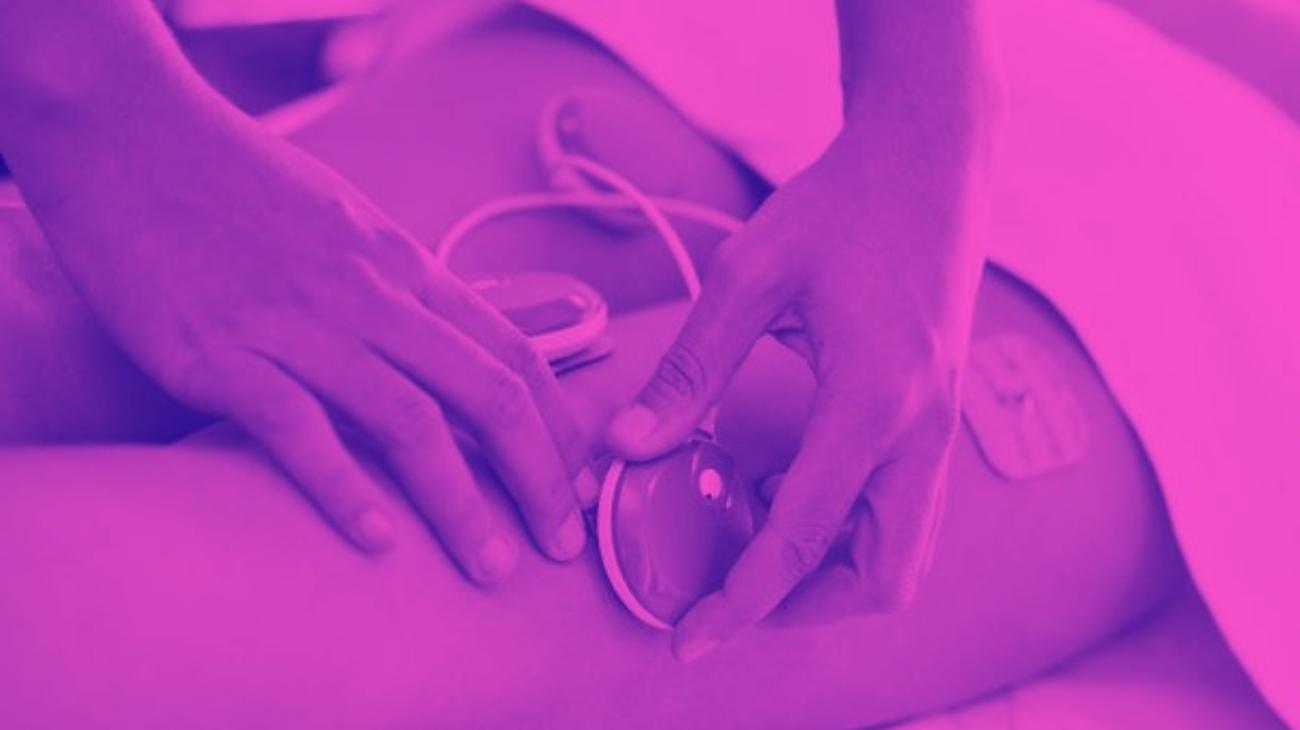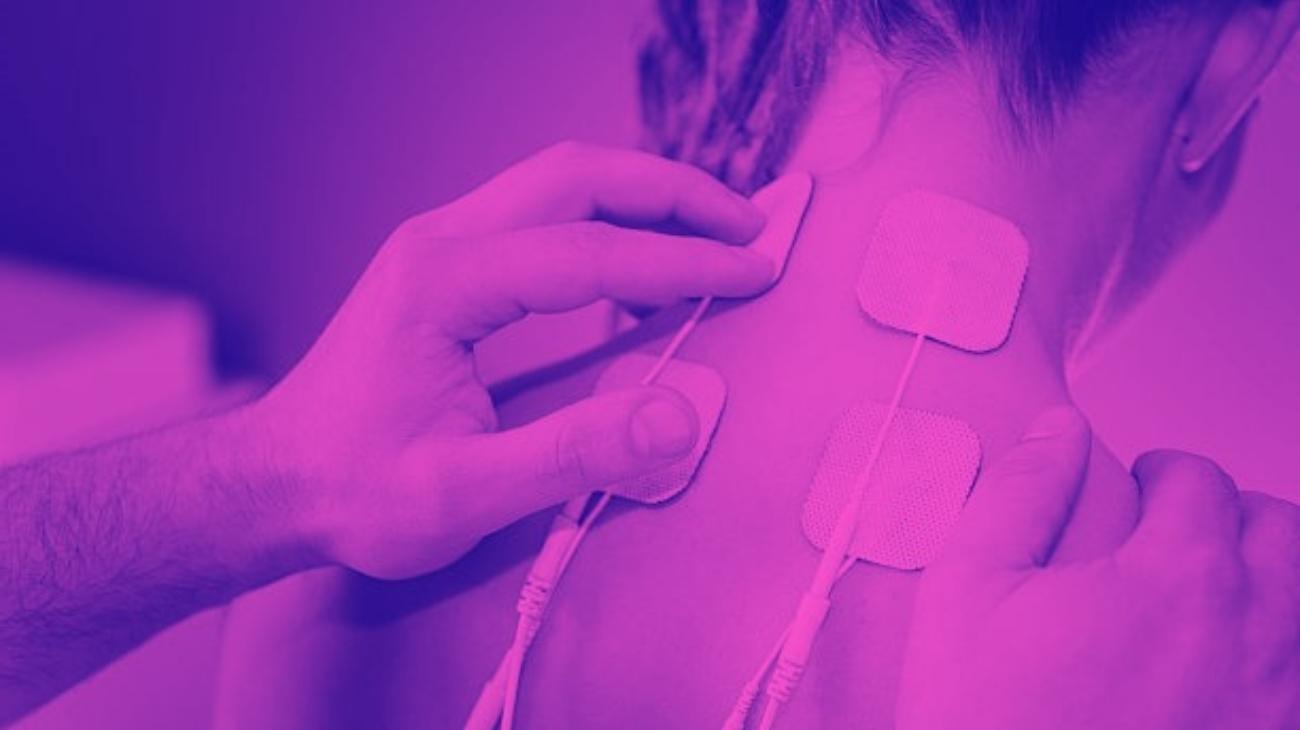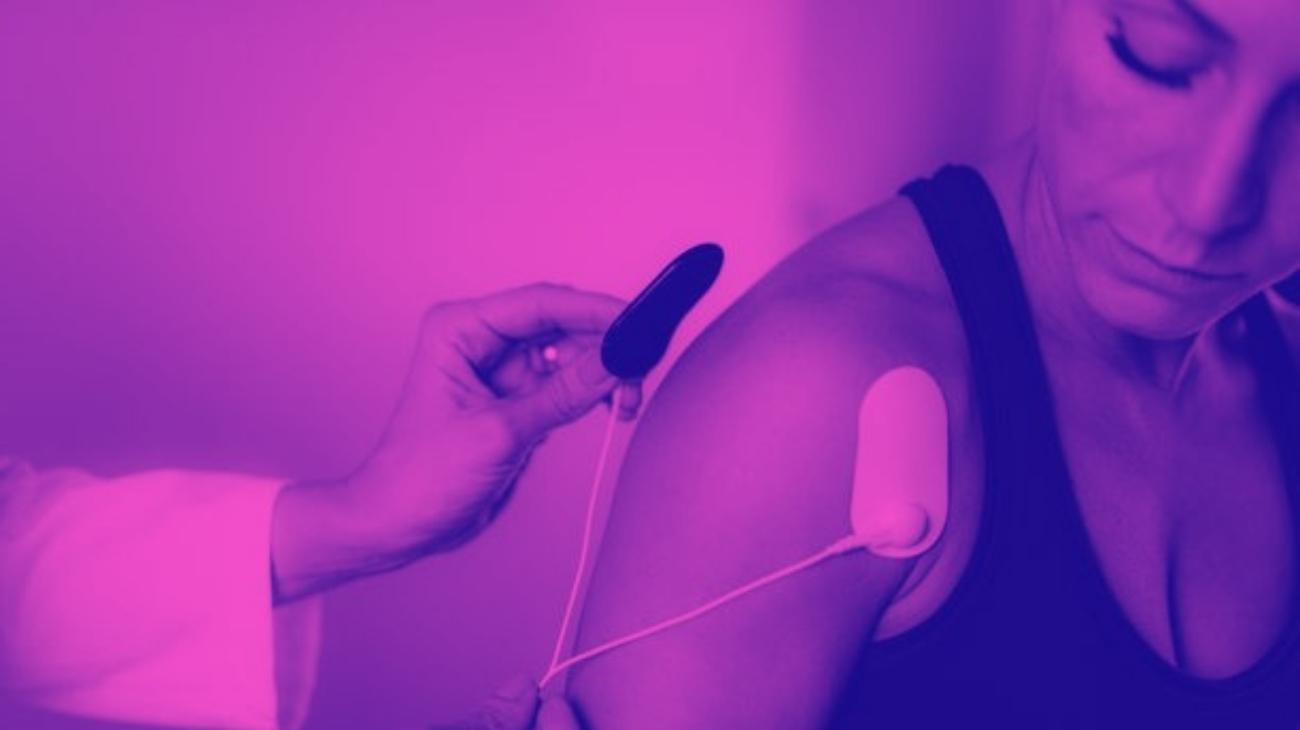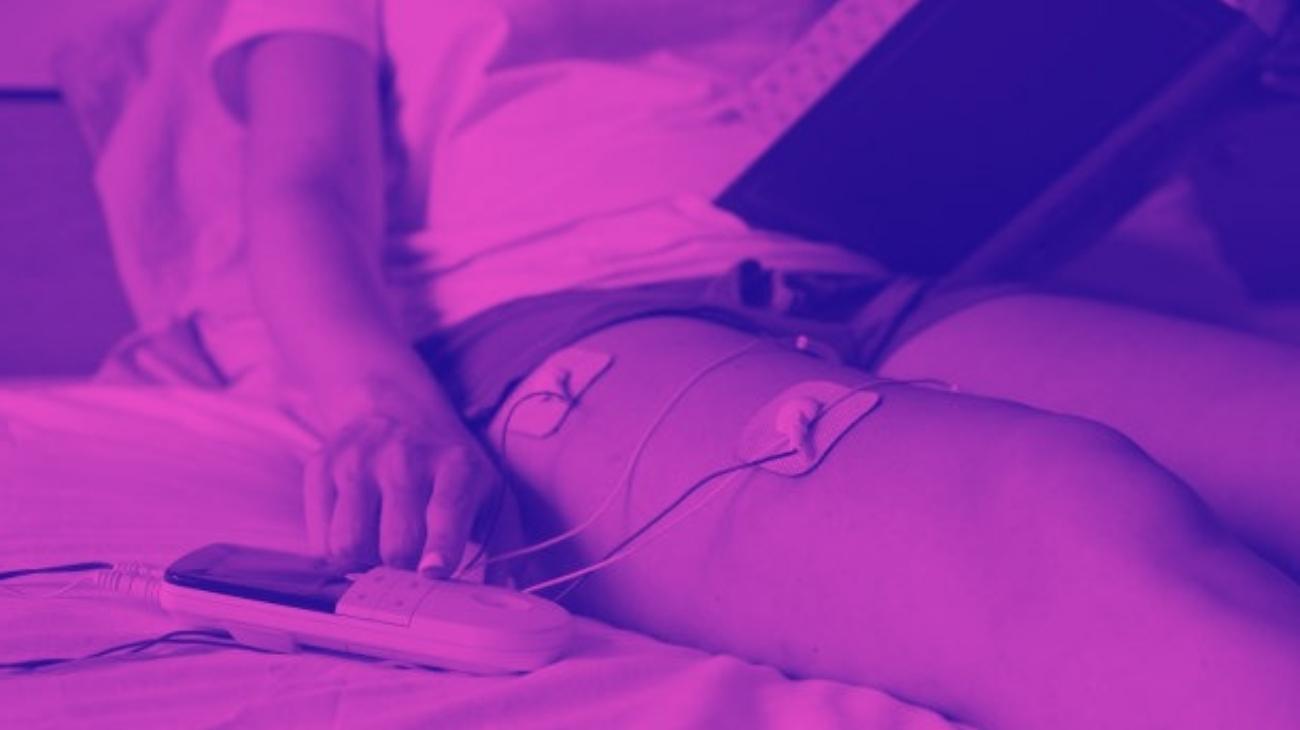- How to use a TENS machine to relieve shoulder pain?
- Best TENS machines for shoulder injury recovery
- How to use EMS muscle electro stimulator for shoulder?
- Best EMS electrostimulators to strengthen shoulder muscles
- Video: How to place the electrodes pads on the shoulder?
- More types of EMS stimulators and TENS machines you should know about
- Most common types of shoulder injuries
- Differences between TENS and EMS: Which one to use for shoulder pain?
- Contraindications in the use of electrodes and electrotherapy
The shoulders give power and stability to the movements of the lower extremities. Without this joint you would not be able to move your arms, so every time you extend your hand to grasp an object, you are using it. This makes it, along with the hips, elbows and knees, the most used joint in the anatomy.
At the same time, it is also one of the joints that accumulates the most wear and tear over the years, making it highly susceptible to injury. Luckily, electrotherapy makes TENS and EMS available to relieve all kinds of shoulder pain and prevent them, and today we'll show you how to use both to your benefit.
How to use a TENS machine to relieve shoulder pain?
Transcutaneous electrical nerve stimulation therapy has been studied for many years to earn a place as a valid option for shoulder pain relief, as it was initially thought to be a pseudoscience with effects more characteristic of a placebo than a valid form.
Now, it is known to have an enormous amount of benefits such as:
- Increased pain threshold: by increasing the amount of neurotransmitters needed by the brachial and axillary nerves to send information about the noxious impulse, which will then reach the spinal cord to be sent to the brain so you can feel pain from tendonitis, bursitis or humerus fracture.
- Reduces the production of pain neurotransmitters: substances such as serotonin, a chemical necessary to activate the nerve receptors that will inform the brain about the pain, are greatly reduced during and after an effective TENS session.
- It relaxes the affected muscles: as it prevents the reciprocal innervation that causes a muscle to tighten when feeling pain, seriously affecting pain relief. With TENS, a complete relaxation of the supraspinatus, medial round and deltoid muscles that make up the rotator cuff and shoulder is achieved.
- Stimulates cell regeneration: by relieving pain and relaxing the deltoid and rotator cuff muscles, the body can focus on activating the regeneration of the damaged cells without any interference, which helps to achieve a faster recovery from the injury.
In addition, it is worth noting that in this way you will avoid the use of drugs that generate dependence and damage your kidneys. These benefits make TENS a therapy supported by specialists in the world to relieve pain from injuries such as:
- Bursitis
- Tendonitis
- Pinched nerves
- Muscle overloads
- Shoulder fracture
Best TENS machines for shoulder injury recovery
Here is a list of the best TENS units you can use to relieve pain from almost any shoulder injury you may have:
- Type: Combo
- Channels: Dual
- Modes/Programs: Not specified
- Intensity: Not specified
- Wireless: Yes
- Heat Therapy: No
- Battery: Rechargeable Lithium
- Electrodes: 16 Pads
- Display: Digital
- Size: Not specified
- TENS+EMS Combo
- Rechargeable battery
- Includes carrying bag
- Includes user manual
- Portable and small size
- Does not specify dimensions and weight
- No intensity levels specified
- Battery life not specified
It is incredibly easy to use, and features an innovative dual-channel function that allows you to simultaneously treat different parts of the body with different settings, along with a memory function that stores the last massage program used. Its ergonomic and portable design allows you to take it anywhere and use it very discreetly.
- Type: TENS
- Channels: 2
- Modes/Programs: 9 Programs
- Intensity: 15 Levels
- Wireless: Yes
- Heat therapy: No
- Battery: Rechargeable
- Electrodes: Not specified
- Display: Digital
- Size: Not specified
- Improves blood circulation
- Includes user manual
- Accelerates recovery from sports injuries
- Portable and small size
- Includes carrying bag
- No heat therapy
- No battery life specified
- Size and weight not specified
It has a wide variety of pre-programmed modes of use designed to treat a wide range of ailments. Its compact size makes it incredibly convenient to carry wherever you want, and its specialized long-lasting electrodes can be washed and reused up to 150 times. The purchased package contains 1 OMRON E3 electrostimulator, 1 electrode cable and 1 long-lasting pad.
- Type: TENS
- Channels: -
- Modes/Programs: 3 Programmes
- Intensity: 20 Levels
- Wireless: Yes
- Heat therapy: No
- Battery: 6 AAA Batteries
- Electrodes: 2 Pads
- Display: No display
- Size: 2.36" x 2.08" x 0.7" - 0.09 lbs
- Portable and small size
- Reduces pain symptoms
- Improves blood circulation
- Wireless electrodes
- Improves joint mobility
- Few types of programmes
- Not suitable for muscle hypertrophy
- No display included
It works by means of a remote control system that allows you to increase or reduce the intensity and frequency of the electrical impulses quickly, so that it adapts to the ailments of the treated area. The box includes the remote control to modify the configuration of the device, and 2 adaptable electrodes to place anywhere on the body, together with 6 AAA batteries necessary to operate.
- Type: TENS
- Channels: -
- Modes/Programs: 3 Modes
- Intensity: 12 Levels
- Wireless: Yes
- Heat Therapy: No
- Battery: Rechargeable Lithium
- Electrodes: 2 Pads
- Display: No display
- Size: Not specified
- Portable and small size
- Wireless electrodes
- Improves joint mobility
- Improves blood circulation
- Reduces pain symptoms
- Does not specify size and weight
- Few types of programmes
- Battery life not specified
It has a multi-setting function, offering 3 modes of use with 12 intensity levels to suit your condition, and its adaptable electrodes allow PainGone Easy to reach virtually any area of the body. Additionally, its long-lasting lithium battery will give you enough power for at least 80 sessions before you need to get a replacement, which you can easily access on the brand's website.
- Type: TENS
- Channels: Not specified
- Modes/Programs: 6 Modes
- Intensity: 15 Levels
- Wireless: Yes
- Heat Therapy: Yes
- Battery: Rechargeable Lithium
- Electrodes: 4 Pads
- Display: No display
- Size: Not specified
- Handheld device
- Wireless electrodes
- Rechargeable battery
- Includes user manual
- Accelerates recovery from sports injuries
- Does not specify size and weight
- Battery life not specified
- No display included
It has 6 modes of use and 15 intensity levels that allow access to deep neck tissue for complete relief of any type of ailment. It can be switched between TENS and effective heat therapy modes very easily thanks to its remote control, and its high capacity battery allows a battery life of up to 6 hours, with a charge of only 30 minutes.
How to use EMS muscle electro stimulator for shoulder?
The muscle contractions achieved with EMS will help you to have strong and well-defined shoulders in an easier way, since the deltoids are undoubtedly one of the most difficult muscles to train and tone, since many of the movements in exercises such as rowing to the neck, put a lot of joint tension and facilitate the appearance of injuries.
That is why many prefer to use EMS to train the shoulders and trapezius, because in addition to being simpler it has benefits such as:
- Avoid joint stress: exercises such as barbell rowing or standing pull ups put a lot of stress on the joint by subjecting it to too much stress. With EMS training this does not happen because you can exercise the muscle without having to mobilize the rotator cuff or humerus.
- Improves muscle response: since EMS currents used on a regular basis speed up the recruitment of muscle fibers of the deltoids and trapezius, making them offer greater power to perform explosive efforts, which will considerably improve the athlete's performance.
- Prevents injuries: not only by avoiding tension in the shoulders, but also because it improves oxygenation of the muscle fibers, making them healthier and your deltoids much more resistant to overuse injuries or tears, cramps and strains as they will be more elastic as well.
- Avoid the appearance of trigger points: if you reduce the intensity of the current you can get a smooth contraction in your deltoids and trapezius, which will release tension in the myofascial tissue and prevent the appearance of the so-called trigger points that generate pain and can ruin your lifestyle.
- Improves blood flow: since, during the sessions and several minutes after it, the blood vessels will dilate so that much more blood flows through your deltoids, trapezius and rotator cuff muscles, which in turn will improve the absorption of nutrients, oxygenation of the fibers and the assimilation of lactic acid post-training.
Best EMS electrostimulators to strengthen shoulder muscles
Now we present you the best muscle electrostimulation machines that you can use to exercise your deltoid, trapezius and rotator cuff muscles.
- Type: Combo
- Channels: 4
- Modes/Programs: 10 Programs
- Intensity: Not specified
- Wireless: No
- Heat Therapy: No
- Battery: Rechargeable
- Electrodes: -
- Display: Digital
- Size: Not specified
- Accelerates recovery from sports injuries
- TENS+EMS Combo
- Portable and small size
- Rechargeable battery
- Includes user manual
- Size and weight not specified
- No intensity levels specified
- Separate electrodes
In addition, it has a TENS massage mode with which you can treat acute and chronic ailments caused by various conditions. It has 10 modes of use: 1 for pain treatment, 1 for physical rehabilitation, and 8 physical training programs. All these features make it the number one choice for increasing physical performance in a completely natural way.
- Type: Combo
- Channels: Dual
- Modes/Programs: 24 Modes
- Intensity: Not specified
- Wireless: Yes
- Heat Therapy: No
- Battery: Rechargeable Lithium (up to 20 hours)
- Electrodes: 10 Pads
- Display: Digital
- Size: Not specified
- Includes user manual
- Reduces pain symptoms
- Prevents muscle atrophy
- Portable and small size
- TENS+EMS Combo
- Does not specify size and weight
- No intensity levels specified
- No heat therapy
Additionally, it has a TENS electrotherapy current function with which you will be able to treat most muscle, nerve and joint ailments instantly. Both technologies are combined in a compact device with 24 modes of use that will adapt to your needs.
- Type: EMS
- Channels: Dual
- Modes/Programs: 12 Modes
- Intensity: Not specified
- Wireless: Yes
- Heat Therapy: No
- Battery: Rechargeable Lithium
- Electrodes: 16 Pads
- Display: Digital
- Size: Not specified
- Portable and small size
- Includes user manual
- Accelerates recovery from sports injuries
- Prevents muscle atrophy
- Improves blood circulation
- No battery life specified
- No intensity levels specified
- Dimensions and weight not specified
The delivery includes a total of 16 high quality gel pads that guarantee a perfect adherence to the skin, and it works well for the conditioning of large muscle groups. It is FDA certified and meets all required medical specifications, making it a completely safe device.
- Type: Combo
- Channels: Dual
- Modes/Programs: 50 Programs
- Intensity: Not specified
- Wireless: Yes
- Heat Therapy: No
- Battery: Not specified
- Electrodes: 4 Pads
- Display: Digital
- Size: Not specified
- Reduces pain symptoms
- Improves joint mobility
- Accelerates recovery from sports injuries
- Portable and small size
- TENS+EMS Combo
- Does not specify the type of battery to be used
- Does not specify intensity levels
- Does not specify measurements and weight
It has 50 preset programs, 44 modes of which are divided between TENS, EMS and therapeutic electrotherapy, 6 are fully customizable to offer a wide and varied treatment. It has a session timer function that you can program between 5 and 100 minutes, and an automatic shut-off function for optimal energy saving.
- Type: Combo
- Channels: -
- Modes/Programs: 19 Programs
- Intensity: Not specified
- Wireless: Yes
- Heat Therapy: No
- Battery: Rechargeable Lithium
- Electrodes: 4 Pads
- Display: Digital
- Size: Not specified
- TENS+EMS combo
- Prevents muscle atrophy
- Reduces pain symptoms
- Portable and small size
- Rechargeable battery
- Does not specify size and weight
- No intensity levels specified
- Battery life not specified
This powerful electro stimulator offers immediate relief for almost any type of ailment using stimulation methods that stimulate the production of natural pain relieving agents within the body. It also works as an effective methods to accelerate muscle growth and regeneration, while combining with heat therapy to provide one of the most complete treatments you will find.
Video: How to place the electrodes pads on the shoulder?
Electrodes for shoulder
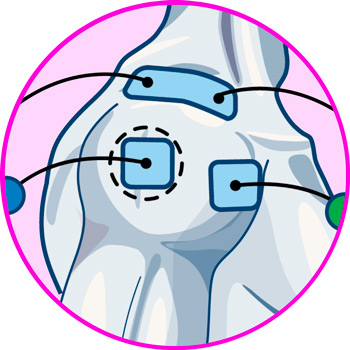
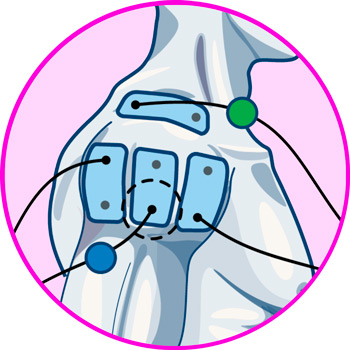

- For shoulder bursitis: Bursitis generates localized pain at the top of the shoulder, so the electrodes should enclose that point of pain.
- For tendinitis and rotator cuff tear: For tendinitis or supraspinatus tear, the electrodes should be placed on the front side of the shoulder at its limitation with the chest, since it is in this area where the muscle inserts with the head of the humerus.
- For deltoid contracture: Deltoid contracture should be treated locally with TENS, so the electrodes should be positioned on the deltoids.
- For rotator cuff: The rotator cuff is composed of the subscapularis, supraspinatus, infraspinatus and teres minor. Luckily these muscles are close to each other, so you can easily strengthen them by placing the EMS electrodes correctly.
- For the deltoids: The deltoids are those big muscles that shape the shoulder. They are the easiest to train with EMS and you only need to place the electrodes as shown in the images.
- For the trapezius: As with the deltoids, training the trapezius is a fairly simple task, as they are muscles that are in a clear area.
More types of EMS stimulators and TENS machines you should know about
Most common types of shoulder injuries
Shoulder injuries usually have various causes, from overuse of the joint, to blows and sometimes even related to poor diet. Among the most common ailments we can highlight the following:
- Rotator cuff tendinitis: this consists of the inflammation of one of the ligaments of the three muscles that make up the rotator cuff, with the supraspinatus tendon generally being the most prone to inflammation as it is the one that receives the most load in all movements. This injury generates a sharp pain when trying to move the shoulder, and is usually accompanied by inflammation of the shoulder.
- Rotator cuff tear: this injury occurs when the tendon that joins the humerus with the supraspinatus muscle ruptures, limiting the mobility of the joint and causing excruciating pain that is always accompanied by inflammation. It is a serious injury that in 100% of the cases requires surgical intervention.
- Bursitis of the shoulder: it is the inflammation of the synovial fluid bag that cushions the friction between the humerus and the acromion. It is a very common injury in basketball and tennis players, which is usually solved with rest and the application of TENS to relieve pain while the tissue recovers.
- Shoulder fracture: consists of the cracking of one of the bones that make up the joint, the acromion being the most prone to fracture. This injury is the result of a strong blow, either by direct impact, a fall or a traffic accident. Depending on the degree of the fracture, surgery may be required for recovery.
- Shoulder dislocation: occurs when one of the bones in the joint moves out of its natural position, which may also result in other injuries such as torn ligaments and muscles. The humerus is the most prone to dislocation.
Differences between TENS and EMS: Which one to use for shoulder pain?
To relieve pain from shoulder injuries without using drugs we can resort to electrotherapy. First there is the transcutaneous electrical nerve stimulation or TENS, this uses currents that directly influence the brachial nerves that run along the trapezius and down the armpit, also forming the axillary nerve. The aim is to alter the sensory qualities of these nerves in order to increase the user's pain threshold.
Then we have the muscular electrostimulation or EMS, which uses currents that act directly on the deltoids, trapezius and rotator cuff muscles to achieve a contraction of the same. In this way, the aim is to strengthen the muscle fibers and improve their oxygenation, thus reducing the probability of injury as much as possible.
The differences between the two are clear. Firstly, the experience of use is different; while TENS manifests itself as a slight tingling on the skin, EMS is more aggressive, generating a direct muscular contraction. Secondly, there is its area of action, being TENS a therapy that acts at a nervous level while EMS focuses on muscle stimulation.
This makes TENS the most recommended therapy for pain relief, as it will alter the functions of the brachial nerves and the axillary nerve to achieve pain relief in the shoulder joint. EMS, on the other hand, is contraindicated for the treatment of pain since the contractions generated by this current can be counterproductive in an injured muscle, generating even more pain.











